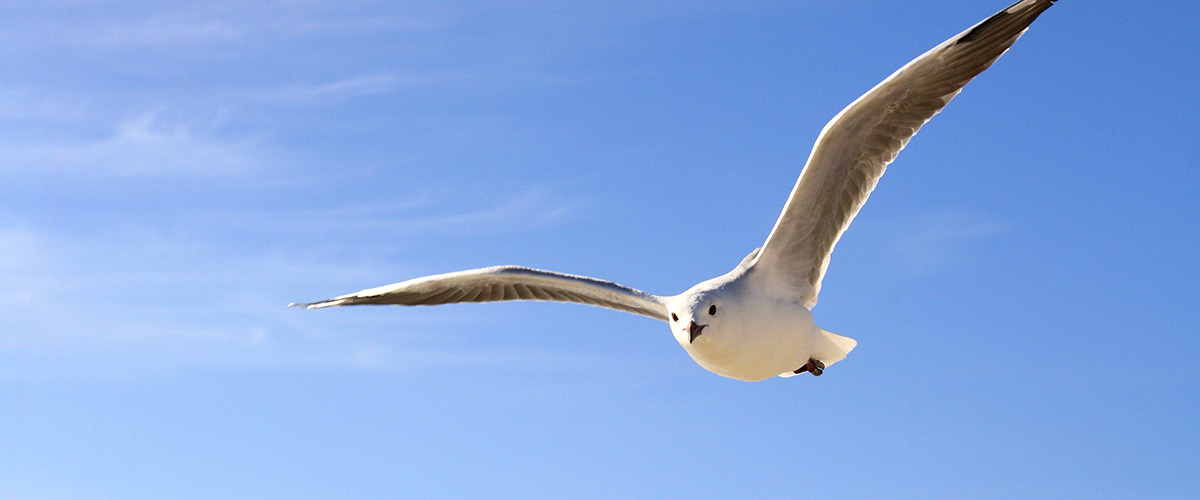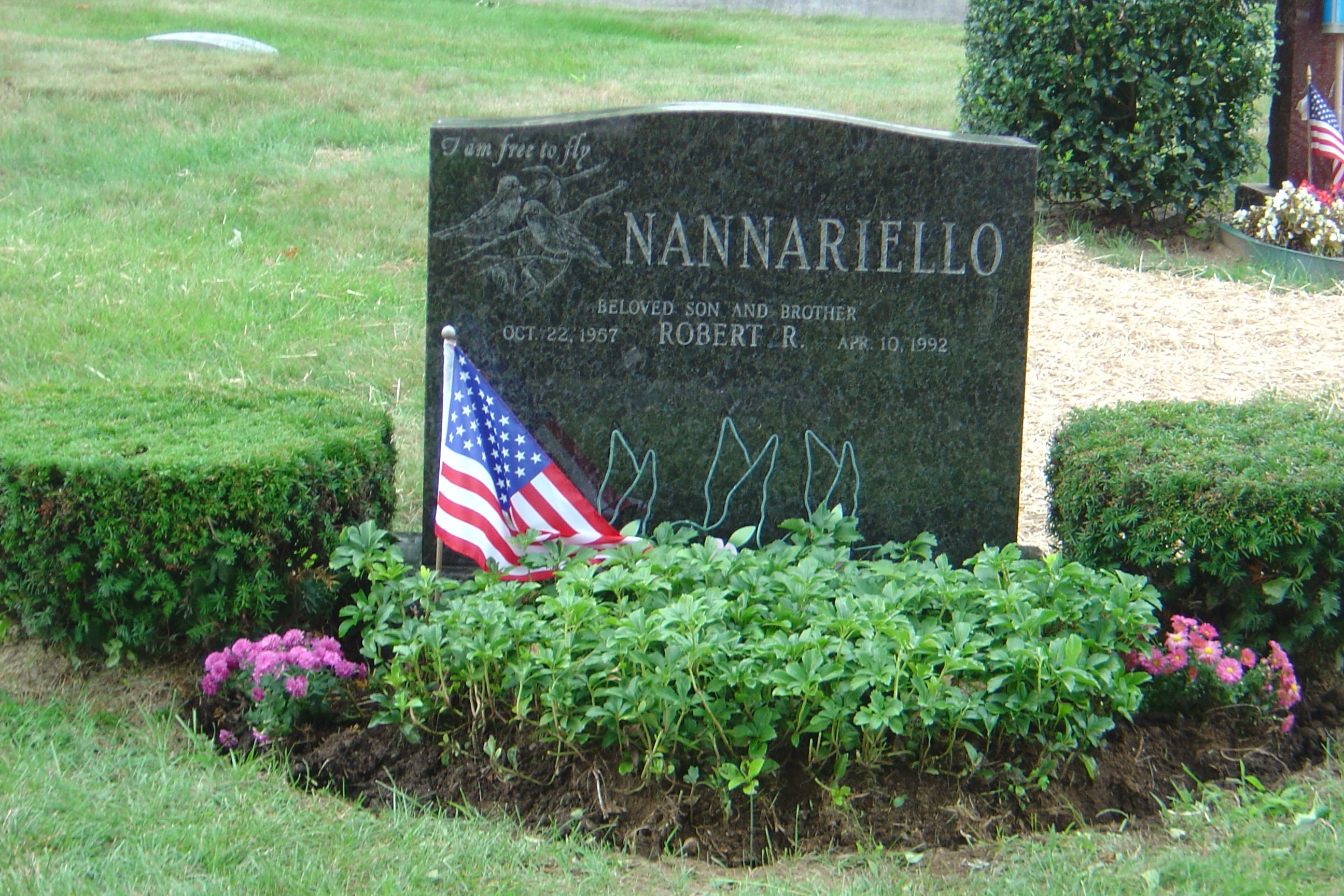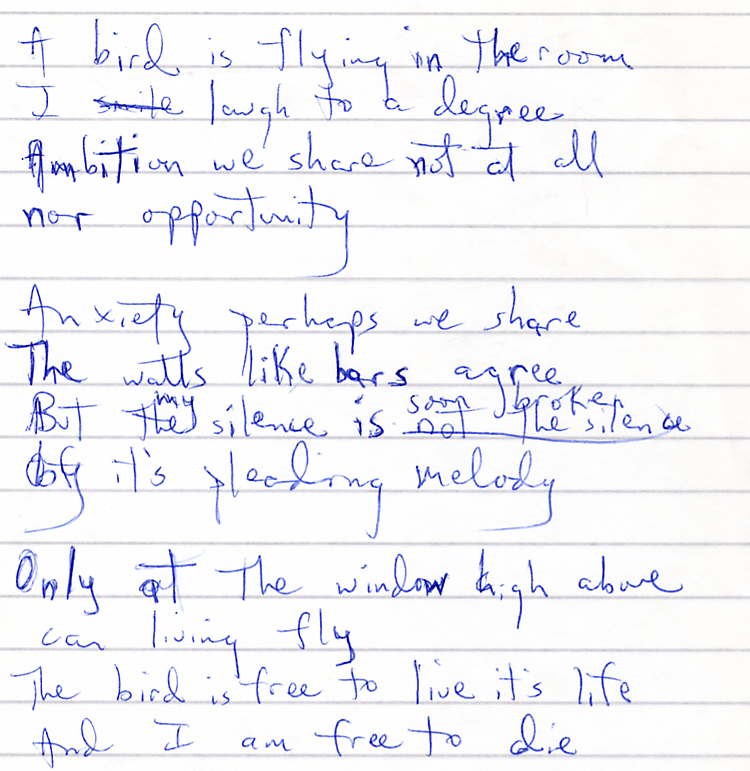Dedication

Page Menu: Click the links in the table below to go to each section.
Dedication
This book is dedicated to Robert “Bobby” Nannariello for the life he lived, for all the poems he wrote and all the poems that remain not written because of his less than half-lived life. His unfinished life makes us wonder what new dreams he would have dreamed and accomplished, and the wonder never ends.
Also, this book is dedicated to Jean who is in more of these poems that she may imagine and creates a world for me that makes me want to write. However, she sometimes wonders why my den and computer swallows me up in writing for too many hours, and the effort makes it appear I am ignoring her and the world. I am just doing my job!
Also, these poems are dedicated to the unheard poets in the world. We must pick up our pens and paper; or set our hands to our keyboards; or even an old Royal typewriter; or the latest laptop or tablet, all providing infinite bunches of gigabytes; or pencil and paper; or recorder. We can even use the blackboard of our minds. Be heard, even if in silence. The world is a better place for all the poems written by all the poets. Anytime is always a good time to write a poem. Enjoy!
Acknowledgements
The lives of many people have touched mine and resulted in the poems compiled in this collection. There is no intention to identify those people, except for those poems, where the decision was made to identify the person who inspired the poem. In some instances, I would fail to make the connections between the poem written and the person who was my benefactor, because of the failure of an aging memory or the mental gymnastics that our minds play with us when looking over the shoulder of our lives at now faded memories and events dimmed by the years. Those people who are not identified are acknowledged by my appreciation for the inspiration to write a poem.
Reading the Poems
Jake, my first grandson, was only six years old at the time, but he quickly mastered the pamphlet provided with our ticket to the Museum of Natural History in New York City. Enclosed in the package was the graphic layout each of the Museum’s floors. We had two entire days, only he and I, to explore this vast chasm of nature and animals and history confined in this magnificent building peeking out over Central Park for over a century. We soon became familiar with the location of elevators and stairways and the large columned hallways; and eventually all of it became recognizable and navigable to us. Our initial plan to rationally explore the geography of the Museum in a very organized and structured way, was soon overridden by the randomness of our curiosity and the adventure of discovering unsuspected rooms filled with delightful surprises and experiences.
At some point, the plotting of our voyage was best described as meandering and rambling and following our impetuous instincts to explore new untraveled roads. The journey through the Museum was completed with great success, but with no careful plotting or clear recollection of the sequence of the roads traveled. We stayed two nights at my son Richard’s brownstone studio apartment on West 72nd Street. Jake peered out the Brownstone window from four flights up into the canyon of brownstones and cars and people below. He had never seen the world from this vantage point. We can only imagine how this new and different view of the world shaped and expanded his mind and view of the world. A new experience for a boy raised in the rural expanses of Rowayton, Connecticut.
So too, with reading a collection of poems. The poems are organized into broad categories of People, Long Poems, Haiku, Observations, Animals, Nature, Children, Poems for Bobby, and Songs. There is no chronology in their presentation within a group. There is no qualitative attempt of providing the best poems first, because there is no “best.” Also, who is the poet to determine the quality in terms of the reader’s perception? There is no judgment as to which poems will stir the emotions and feelings of the reader. If there is any “stirring” to be done, the reader shall be the judge.
Therefore, like exploring the Museum of Natural History, one may consider meandering through the poems in some random sequence. If only a few poems stir emotions and stimulate the recollection of an old memory or tease your interest to explore a new idea, or possibly some other poet’s poetry, then hopefully it contributes to having a few brief good moments of exploration and revelation. Enjoy!
What is a Poet?
The poet finds life surrounded by poetry and pushes the pen across the paper with the germ of an idea, with half sentences, with bits and pieces of half-baked notions, with observations as obscure as the horizon in the morning mist. Then the force disappears, leaving the lonely poet to dig poetic ditches, to gaze at silent walls, to rub sweaty palms, and sometimes curse the paper and not find the courage to crumble the page in a neat ball for a slam dunk in a basket, because some small crumb of poetic idea may cling to the paper, just as marmalade does to wayward fingers. Hopefully, The Silent Forces appears to save the day.
Some poets write poetry because they have to. Some poets write poetry to see what is on their minds and in their minds. The “on” may provide some clues to a poem, assuming the “in” is relentless in solving the mystery of finding the poem. Some poets write to understand this beautiful, curious, confusing, threatening, wondrous world we live in. Some poets want to tell stories as primitive and new as those first told in Cro-Magnum caves on painted walls.
Poets are thieves pilfering from the heads, hearts, and souls of those who pass through their lives; stealing and hoarding the smallest kernel of truth and half-truth; recognizing the lies of life for what they are; searching the world and their minds endlessly for truth. After committing the plagiarism of stealing from the observed world, many poets are uncertain whether they have ever had an original thought, an innovative idea, a creative interpretation of an old idea.
The poet is a photographer, awake or asleep, carrying a camera around the neck of the soul, taking endless rolls (i.e., before digital photography) of film of anything that moves; taking word pictures of a world and a life that rushes by too fast to focus and fathom. Then the poet must scan the film that is overexposed, underexposed, out of focus, constantly re-editing. How often will the poet curse the lens or the camera or the imperfect eye that makes the view of reality too abstract or the abstraction too real?
Another Life
The boundaries of our lives are often defined by some combination and intersection of marriages, relationships, divorces, new jobs, jobs lost, loves, loves lost, children, medical situations, family events, world events, travels to, travels from, successes, failures, and an endless list of life’s protocols and activities. It is called living! It’s what you do when you wake up every morning.
Sometimes careful introspection makes us aware of these phases of our lives, after the living, because our focus in living our lives often precludes careful observation of the acts of living as they unfold. These poems are not defined by the various times when they were written, and the rational of why and when they were written. The poems were written across many emotional and biological years and landscapes. The subjects are as random as the shapes of sea shells and snowflakes. And at the same time, there is hardly a new idea or a new observation of the world around us.
Many of these poems germinated from ideas once stored in a manila folder marked “Poetry Ideas” and others were stored in the folder in my head waiting to pop out. There is the endless source of poetic premises erupting from pieces of conversation, newspapers, books, billboards, overheard conversations, the innocent talk of children, emotional episodes in one’s life, and so on and so on. It makes one want to carry a notebook tied around your neck with an attached pen to capture the “new stuff of life” coming at us every day, but we are all too busy living to get caught in the paradox. One cannot be responsible for all of the missed opportunities. There is a life outside of writing poems that must be lived, and reflected upon later.
Another Poet
My son, Robert “Bobby” Nannariello was a writer and the variety of his writing included poetry. We, the world and our family, lost Bobby in 1992 at the age of thirty-four. My imagination tells reveals he would have observed the world with a more reasonable number of years for observation and written many more poems.
I compiled a lot, but not all, of his writings in a website. The website name is RobertNannariello.com or just search his name Robert Nannariello. If circumstance and time and interest permit, you may want to browse through his poetry and other writing, which includes plays, children’s stories and short stories. When entering the website, the Epilogue includes some observations about those final years of his life. Or use your instincts and follow the website as it is revealed. Following is one of his poems which is not on his website.
The Flowers at Your Window Sill
The flowers at your window sill
Were sunned upon
And the water dripping from your pots
Dropped like heavy dew.
I watched you from my window
As you renewed their life
Each morning.
I saw in you this creation and a pleasure
In your eyes. Their lives
Derive from your hands.
Their colors are yours
Their scent and touch of joy
Caress you with their beauty.
It’s true!
And with every birth
A celebration of a new found treasure
I would like to feel this way everyday
And be one of your flowers.
 I Am Free to Fly
I Am Free to Fly
The day after my son, Robert Nannariello died, I recovered all of his writing by going through his papers in his San Francisco apartment. They included plays, poems, short stories, children’s stories and many diaries. It wasn’t until weeks later that I was able to begin reviewing, cataloging and filing his works. And one day his poem I Am Free to Fly appeared handwritten on a single page within a pile of papers. It is one of the few handwritten poems in his collection of writings. I read the poem many times and considered the circumstances and time when he wrote it. I can only imagine that it was the last poems he wrote.
Somewhere in his thirty-four year journey, he wrote his last poem, possibly the hand written “I Am Free to Fly.” But in another way to consider this poem, it was not his last, but was the first poem written on one of the last days of his too brief journey through life.
Bobby resting place sits on a hillside in Valhalla, New York. The inscription on his stone says “Beloved Son And Brother.” Sometime in 1993 and a year after losing Bobby, an inscription was added with two robins delicately balancing on the tips of branches and the words “I am free to fly.” And Bobby is.
I Am Free to Die
A bird is flying in the room
I laugh to a degree-
Ambition we share not at all
Nor opportunity.
Anxiety perhaps we share
The walls like bars agree-
But my silence is soon broken
It’s pleading melody.
Only at the window high above
Can living fly-
The bird is free to live its life
And I am free to die.
Following is the original draft that Bobby made of this poem.

The twelve lines of this poem became the inspiration to write a song that uses the poem as the first verse of the song and with no changes. A second verse was added with exactly the same structure as the poem, and a finale was provided to complete the song. The intention is that the song provides a narrative that is consistent with the original poem that Bobby so beautifully conceived.
The song was arranged by Matt McKeown and sung by Anna Maria Soprano. Use the following link to listen. Please note the song is on YouTube can be accessed by its title “I Am Free to Fly.”